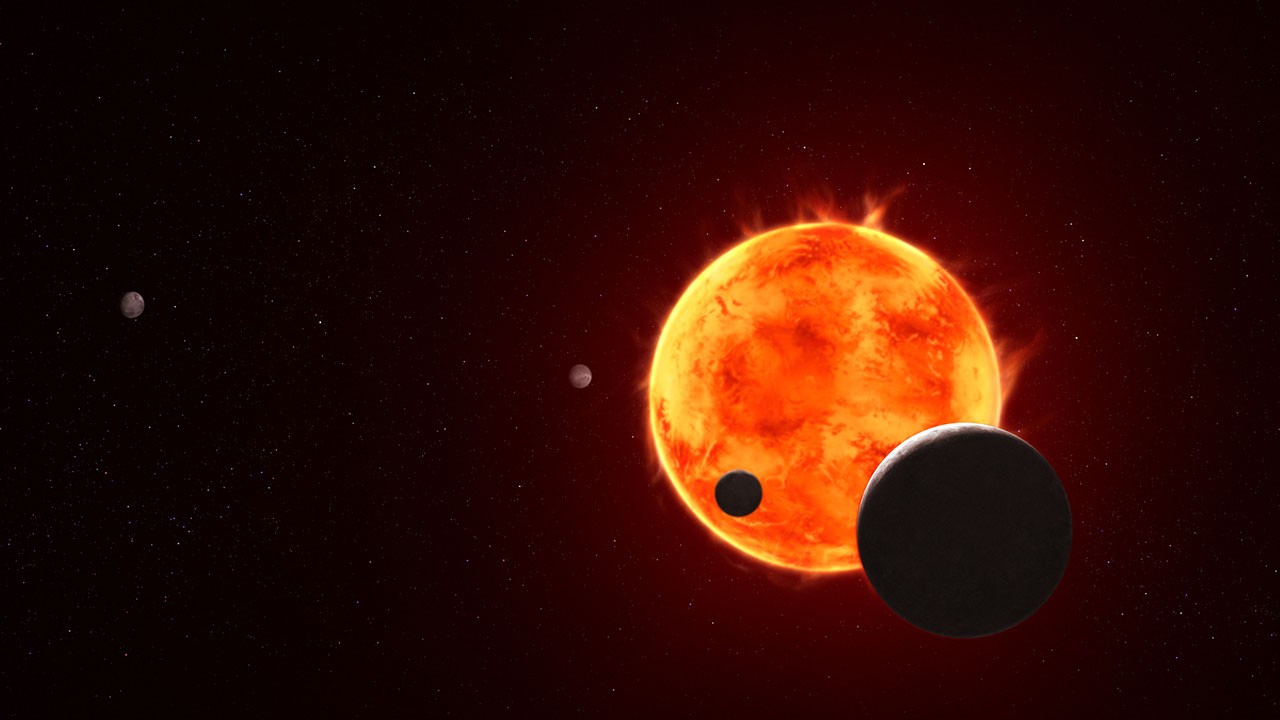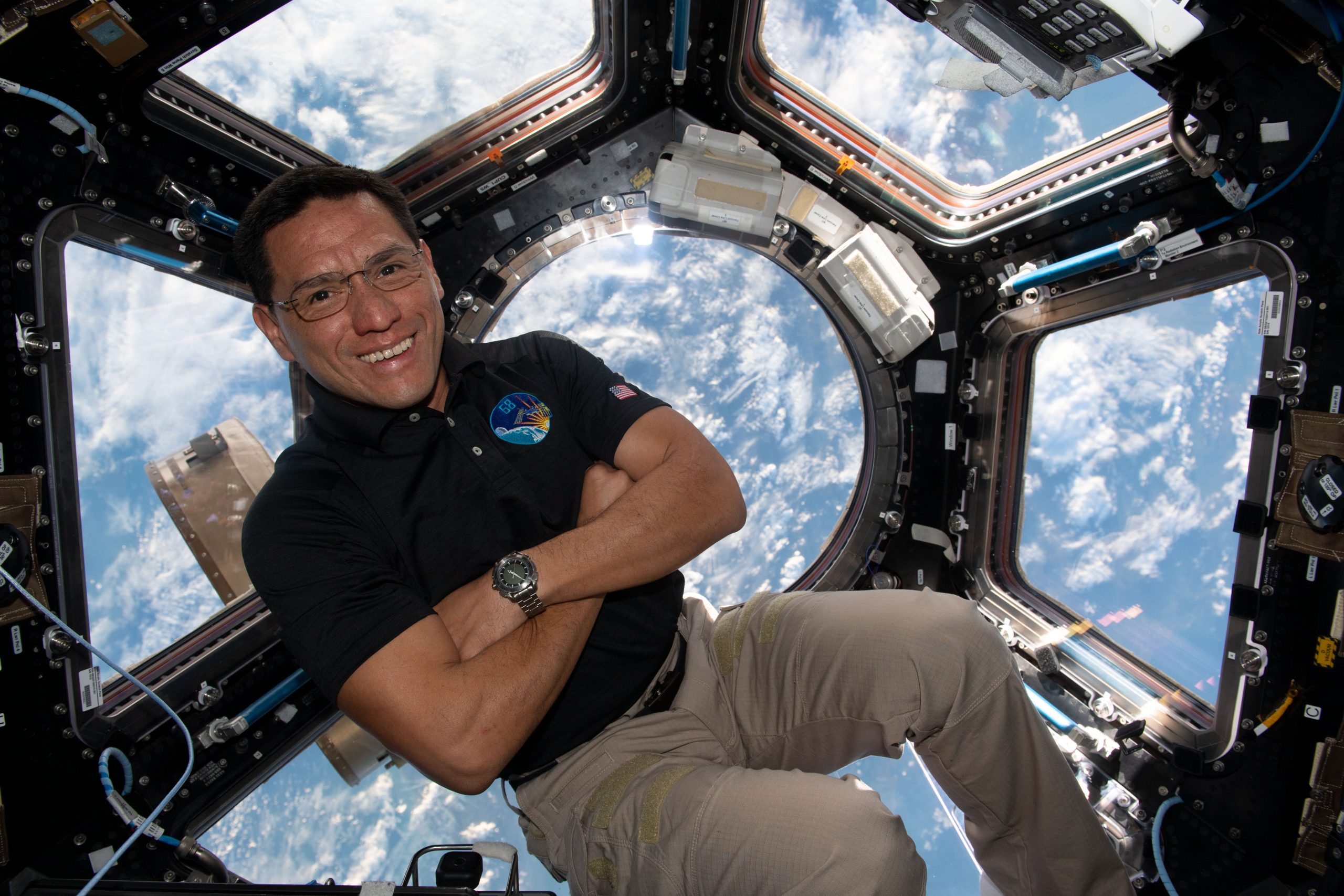Now Reading: NASA Webb Explores Potentially Habitable Earth-Sized Exoplanet TRAPPIST-1e
1
-
01
NASA Webb Explores Potentially Habitable Earth-Sized Exoplanet TRAPPIST-1e
NASA Webb Explores Potentially Habitable Earth-Sized Exoplanet TRAPPIST-1e

Quick Summary
- NASA’s James Webb Space telescope is actively observing teh exoplanet TRAPPIST-1 e,located 40 light-years away.
- Early findings suggest that TRAPPIST-1 e may not have its primary hydrogen-helium atmosphere, but the presence of a secondary atmosphere is still uncertain.
- The planet orbits within the habitable zone of its red dwarf star, where liquid water could theoretically exist if an atmosphere is present.
- Researchers are using Webb’s NIRSpec instrument to identify chemical compositions in starlight passing through the planet’s potential atmosphere during transits.
- The research team has conducted four observations so far and plans 15 additional ones, incorporating comparisons between transits of nearby planets for added reliability in analyzing atmospheric signals.
- Findings indicate a low likelihood that TRAPPIST-1 e’s atmosphere is dominated by carbon dioxide, akin to Venus or Mars; however, no direct parallels with our solar system can be drawn due to fundamental differences between stars and planetary systems.
- if liquid water exists on TRAPPIST-1 e, it might form as a global ocean or localized phenomena due to tidal locking between one perpetually lit side facing its star and one permanently dark side.
Images included:
Stay Informed With the Latest & Most Important News
Previous Post
Next Post
Loading Next Post...




























